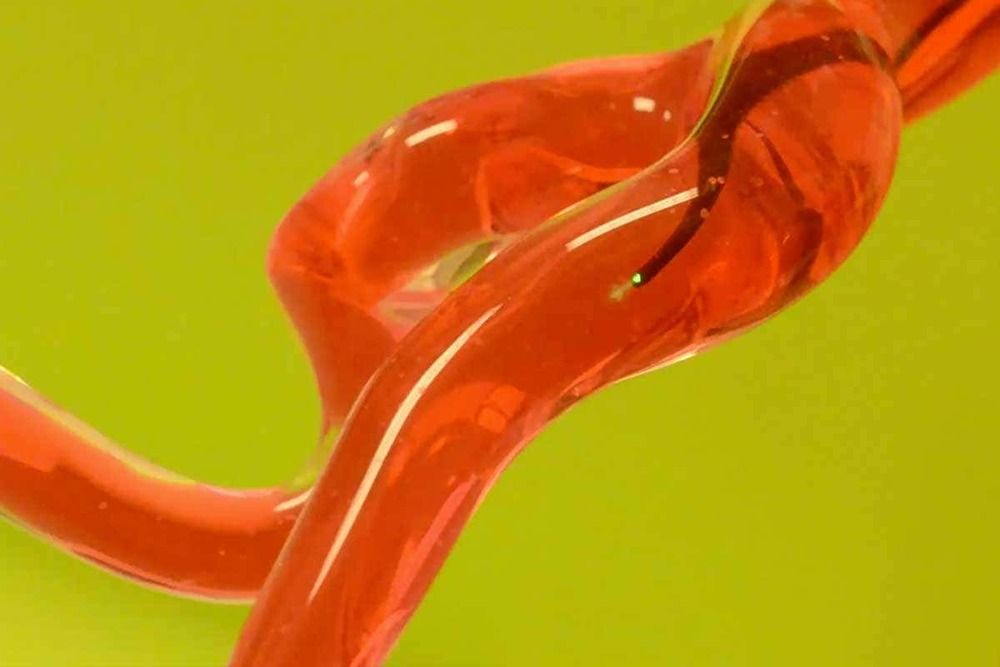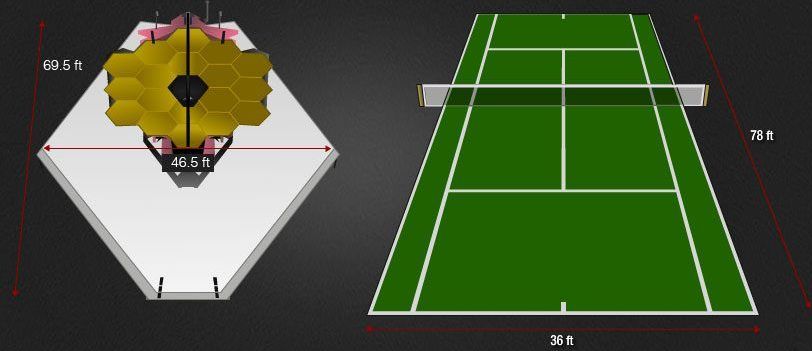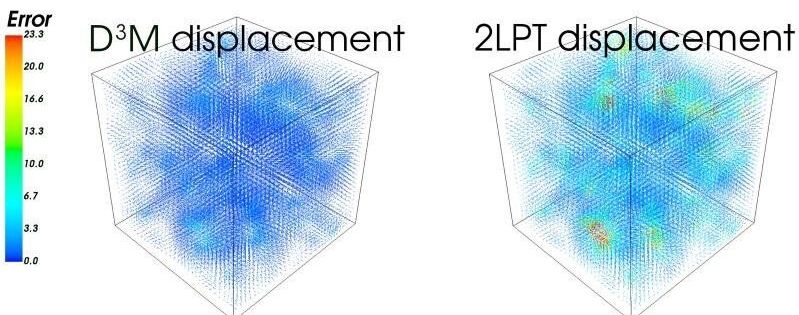Police in a small Texas community have recommended that residents temporarily vacate their homes on Monday while Elon Musk  Elon Reeve MuskUS Space Command: A vision for the final frontier The paradox of superstars Hillicon Valley: US, France reach deal on tech tax | FEC vice chair resigns | Move leaves agency unable to vote on actions | Groups seek net neutrality pledge from 2020 Dems | Australia eyes blocking extremist content MORE ’s SpaceX attempts an experimental launch of a Mars rocket prototype.
Elon Reeve MuskUS Space Command: A vision for the final frontier The paradox of superstars Hillicon Valley: US, France reach deal on tech tax | FEC vice chair resigns | Move leaves agency unable to vote on actions | Groups seek net neutrality pledge from 2020 Dems | Australia eyes blocking extremist content MORE ’s SpaceX attempts an experimental launch of a Mars rocket prototype.
A public safety notice was issued to residents of Boca Chica, a town on the southern tip of Texas with houses within two miles of SpaceX’s launch pad for the Starhopper rocket, Business Insider reported on Sunday.
A county sheriff reportedly went door-to-door on Saturday to deliver the notice to approximately 20 households, warning of possible shattered windows and “potential risk to health and safety.”








